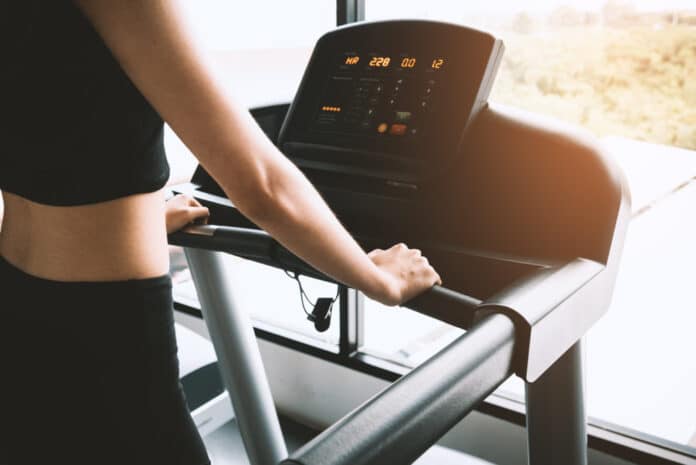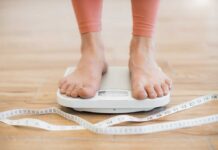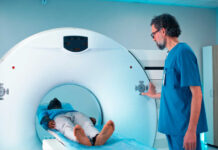
Ketosis is a natural metabolic state the body can go into, which causes your body to burn stored fat for fuel instead of glucose. The body primarily burns glucose for fuel, but when in ketosis, it uses stored fat cells to produce energy.
A lack of glucose causes the body to shift into ketosis to create energy. The body can be manipulated into ketosis to burn stored fat more quickly. However, reaching ketosis can be challenging and requires taking specific steps in your diet and exercise regimen.
If you are hoping to use ketosis to burn stubborn fat, keep reading to learn the most effective strategy to enter ketosis more quickly.
7 Steps to Reach Ketosis Quickly
The body defaults to using glucose for energy. When glucose is lacking, ketosis can result. However, manipulating your body into ketosis means taking intentional steps in your lifestyle. By adhering to the following steps, you can encourage a state of ketosis in the body.
- Significantly Reduce Carbohydrate Consumption
Carbohydrates are quickly broken down into glucose in the body. To achieve ketosis, you need to cut the amount of glucose available in your body drastically. So, one important step is to reduce your carbohydrate consumption. The general guidance to reach ketosis is 50 grams or less of carbohydrates per day.
- Intermittent Fasting
Intermittent fasting means stopping all eating and drinking (apart from water) for a specific period. Your body will have no new food to break down for energy during this period, which can encourage faster ketosis. While some recommend a 24-48 hour fast to achieve ketosis, many people can fast for a shorter period and still achieve ketosis.
- Increase Your Consumption of Healthy Fats
When working to achieve ketosis, you must replace the nutrition and fuel usually provided by carbohydrates in your diet. To do this, you should add more healthy fats to your diet. Some great examples of food with healthy fats include nuts and beans, avocados or avocado oil, fatty fish, and olive oil.
- Increase Your Exercise
More exercise can help anyone lose weight, particularly those following a ketogenic diet. When you exercise, your body uses stored glucose, called glycogen, to provide you with the extra energy needed to complete a workout. When you cut out high-glucose foods, it forces your body to use fat stores instead of glycogen to fuel your workout.
- Track Protein Intake
Healthy fats are not the only key feature of a ketogenic diet. You must also ensure you are getting enough protein to encourage fat-burning and muscle growth. Generally, you should aim for 1 gram of protein per pound of body weight each day.
- Test Your Ketone Levels
When the body enters a state of ketosis, byproducts called ketones will be found in the blood and urine. Testing for ketones in your urine or blood can help you understand if your body has reached ketosis and, if so, to what extent. This can help you modify your diet as needed.
- Try MCT Oil
MCT stands for medium chain triglycerides. MCT can make achieving ketosis easier and faster. You can purchase MCT oil and add it to foods or drinks. Some data says MCT oil can help someone achieve ketosis even if they are eating more carbohydrates than recommended.
Conclusion
Ketosis is a natural metabolic state which helps you burn fat more quickly. You can encourage your body to enter ketosis by implementing several changes in your diet and exercise regimen. Following a ketogenic diet can help you regulate blood sugar, curb the overconsumption of carbohydrates, and lose stubborn fat!


















